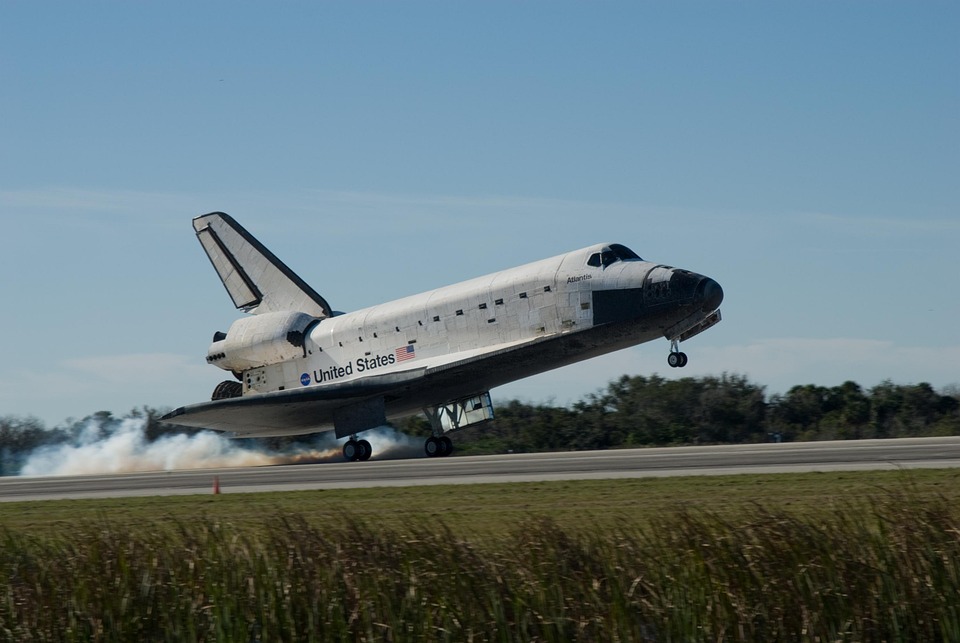As global transportation needs evolve and technological innovations continue to shape the way we travel, the aerospace sector stands at a critical juncture. With growing demand for air travel, space exploration, and advancements in sustainable aviation, investors are presented with a myriad of opportunities. This article explores key trends and insights that are likely to influence investment in the aerospace industry over the next decade.
1. Recovery and Growth Post-Pandemic
The COVID-19 pandemic brought the aerospace sector to its knees, with unprecedented declines in air travel and commercial aircraft production. However, as global economies recover, the demand for air travel is rebounding. According to the International Air Transport Association (IATA), global passenger traffic is projected to return to pre-pandemic levels by 2024. This recovery is expected to stimulate investments in airlines and aircraft manufacturers, leading to increased orders for commercial aircraft and contributing to industry growth.
2. Technological Innovations
Electrification and Hybrid Aircraft
As the world grapples with climate change, the aerospace sector is under pressure to adopt more sustainable practices. Companies are investing heavily in electrification and hybrid technology to reduce emissions and improve fuel efficiency. Major players like Boeing and Airbus are collaborating with startups to develop electric-powered planes, foreshadowing a significant shift in aircraft design. Investments in these technologies could yield substantial returns as regulatory pressure increases and consumer preferences shift toward greener options.
Advanced Aerodynamics and Materials
Innovations in materials science, including lightweight composites and advanced aerodynamics, will be pivotal in enhancing aircraft performance. These advancements are aimed at reducing weight, improving fuel efficiency, and enhancing overall flight capabilities. Investors looking to back companies focused on R&D in this area could see significant rewards as they help shape the future of aerospace design.
3. Space Exploration and Commercialization
The burgeoning space industry is another sector ripe for investment. With private companies like SpaceX, Blue Origin, and Virgin Galactic making strides in commercial space travel and satellite deployment, the market for space launches and related technologies is expanding. The Space Economy is projected to grow into a trillion-dollar industry over the next decade, driven largely by satellite communications, space tourism, and extraterrestrial mining. Investors interested in aerospace should closely monitor developments in this field, as potential high-reward opportunities emerge.
4. Defense Spending and Geopolitical Factors
Government defense budgets are expected to rise amid heightened geopolitical tensions and ongoing conflicts around the world. The aerospace and defense sectors are inherently linked, often leading to increased investments in advanced military aircraft, unmanned systems, and missile technology. As national security becomes a top priority for many countries, aerospace companies that focus on defense contracts may offer stable financial returns, even amid broader economic fluctuations.
5. Maintenance, Repair, and Overhaul (MRO) Opportunities
As fleets expand and aircraft are used more intensively, the demand for maintenance, repair, and overhaul services will grow. The MRO market is projected to reach over $100 billion by 2030, with a significant portion driven by increasing aircraft utilization and aging fleets. Investors looking for stable returns may consider companies specializing in MRO services, especially those that incorporate advanced technologies such as predictive maintenance and data analytics.
6. Urban Air Mobility (UAM)
Urban air mobility is gaining traction as cities explore innovative solutions to reduce traffic congestion. The development of passenger drones and air taxis holds promise for transforming urban transportation. Companies like Joby Aviation and Archer Aviation are at the forefront of this movement, attracting substantial investments. As technology matures and regulatory frameworks are established, UAM could represent a significant growth area for investors who position themselves early.
Conclusion
The aerospace industry’s landscape is evolving rapidly, driven by technological advancements, changing consumer preferences, and geopolitical dynamics. For investors, understanding these trends is essential for making informed decisions. While the road ahead may be fraught with challenges, the potential for growth and innovation within the aerospace sector over the next decade is vast. By staying informed and strategically allocating resources, investors can capitalize on the numerous opportunities this dynamic industry has to offer.
